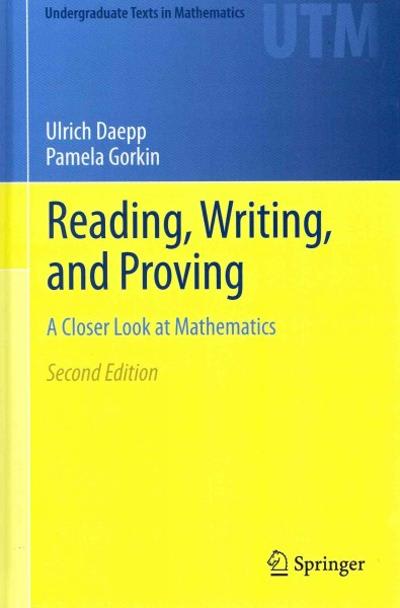Question
A topic for a mixed methods research study that I would like to conduct on teacher diversity particularly focusing on Asian American's decision on becoming
A topic for a mixed methods research study that I would like to conduct on teacher diversity particularly focusing on Asian American's decision on becoming a teacher. Research (Andrews, Castro, Cho, Petchauer, Richmond, & Floden, 2018; Miller & Endo, 2005; U.S. Department of Education, 2010) has shown that there is a shortage of teacher of color. It has been widely acknowledged that the teaching profession stands in need of greater diversity (U.S. Department of Education, 2010). Scholars and researchers began studying the impact of the teacher-student demographic mismatch in a nation that is increasingly becoming more non-white (Ahmad & Boser, 2014; Bates & Glick, 2013). Despite the fact that traditional public schools across the country are majority students of color, this has not been reflected in the teacher workforce. Teachers of color make up 18 percent of the teaching profession, while students of color constitute just over half of overall student enrollment (Ahmad & Boser, 2014). More than 40 percent of schools across the nation do not even employ one teacher of color (The National Collaborative on Diversity in the Teaching Force, 2004). Consequently, most students of color will go through school having never been taught by someone of their own race. The lack of teacher diversity is of particular consequence for historically disenfranchised groups (i.e. Black, Latino, Asian, and Native American) who already experience disparate educational outcomes. Such disparities include poorly trained teachers, poor parent-to-teacher relationships; not enough resources to benefit educational needs, obsolete computers and technology and lack of classroom materials to name a few.
A growing body of evidence (Ahmad & Boser, 2014; Banerjee, 2018) demonstrates that the demographic match between instructors and pupils influences outcomes such as test scores, attendance, and suspension rates. Diversity education introduces pupils to a variety of cultural and socioeconomic groups, preparing them to be better citizens in their communities. These culturally sensitive teaching practices can assist you in promoting classroom diversity. Teachers that are varied in their backgrounds may interact with a wide range of pupils, and they can cooperate and learn from one another to benefit all of the children they serve (Bates & Glick, 2013; Chang & Demyan, 2007). Teachers from underrepresented groups are required to act as "cultural brokers" for all pupils. In a society plagued by bigotry, positive minority role models may lead minority youngsters (Chang & Demyan, 2007).An Exploratory Sequential Design (ESD) would be a useful research method that might be used to investigate the significance of a diverse teaching workforce in light of the fact that there is a gap between the racial composition of American students and the racial composition of the American teaching force.This research study was structured around the following research questions:
1. According to Asian educators in the state of New Jersey, what do they see as the most significant barriers to entering the teaching profession and continuing in the profession?
(i) What will be the American students' perspective towards Asian teachers intellectuals?
2. According to Asian educators in the state of New Jersey, what do they consider to be the most important factors that contribute to becoming and becoming a teacher?
(ii) Will the shortage of teachers be reduced only by Asian teachers becoming professionals in America?
3. What does it mean to Asian educators in the state of New Jersey to embrace diversity among their fellow educators?
4. According to current and former Asian educators, what proposals for policy changes would best assist the recruitment and retention of Asian educators?
Create a brief overview of your study design -Exploratory Sequential Design (ESD)including a rationale.What specific information about the qualitative and quantitative designs can you use for this topic?
Step by Step Solution
There are 3 Steps involved in it
Step: 1

Get Instant Access to Expert-Tailored Solutions
See step-by-step solutions with expert insights and AI powered tools for academic success
Step: 2

Step: 3

Ace Your Homework with AI
Get the answers you need in no time with our AI-driven, step-by-step assistance
Get Started


